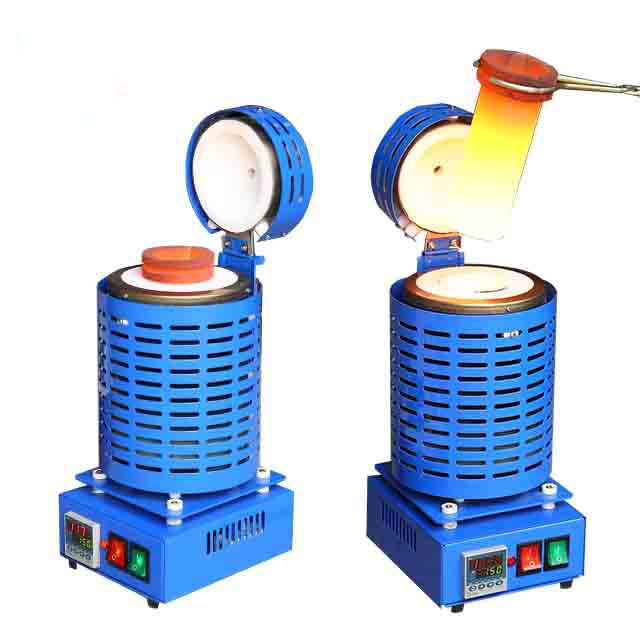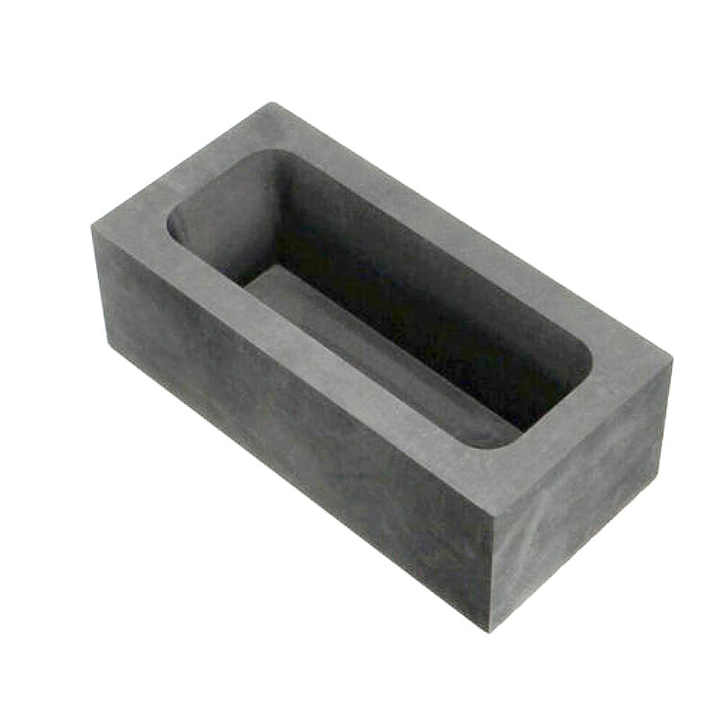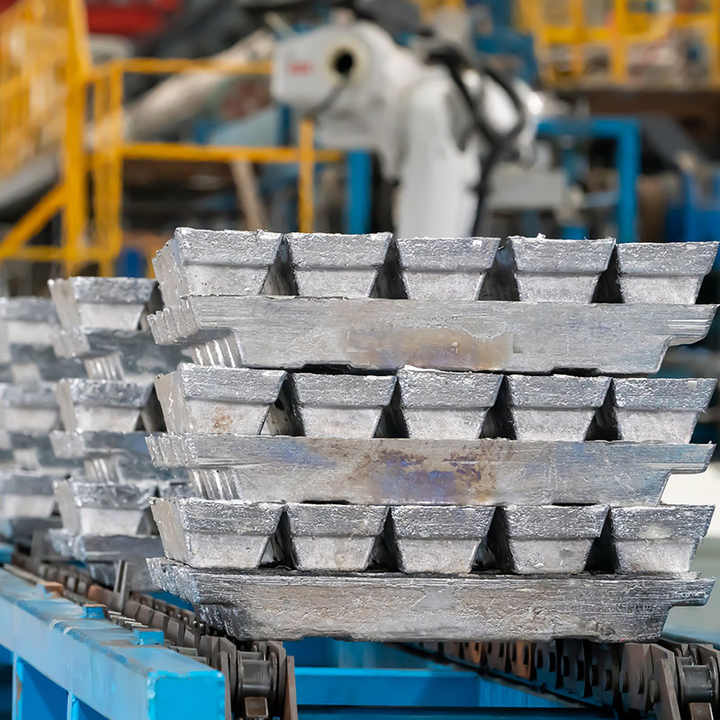silver scrap refining


Silver scrap refining is a crucial process for recovering precious metal from discarded items, such as old jewelry, electronics, and industrial by-products. This practice not only helps in recycling valuable materials but also promotes sustainable practices in various industries. In this article, we will explore the process of silver scrap refining, the methods involved, and the essential supplies needed.
Understanding Silver Scrap
Silver scrap refers to any leftover or discarded silver materials that are no longer in use. This can include broken jewelry, silverware, dental scraps, and even silver-plated items. The value of silver scrap is primarily determined by its purity and weight, making refining an important step to maximize profit.
The Silver Scrap Refining Process
Collection and Sorting
The first step in silver scrap refining is the collection of scrap material. Once collected, the silver scrap must be sorted according to its purity and type. Items like sterling silver (92.5% silver) can be refined differently than silver-plated materials. Proper sorting ensures that the refining process is efficient and cost-effective.
Melting the Scrap
After sorting, the next step is to melt the silver scrap. This is typically done using a crucible, which can withstand high temperatures. A reliable heat source, such as a propane torch or electric furnace, is essential to melt the silver efficiently. The melting point of silver is approximately 1,763°F (961.8°C), so the heat source must reach this temperature to fully liquefy the metal.
Adding Flux
During the melting process, flux is added to the crucible. Flux helps to remove impurities from the molten silver by lowering the melting point of these impurities, allowing them to separate from the silver. Common flux materials used in silver scrap refining include borax and soda ash.


Pouring and Casting
Once the silver scrap is melted and impurities have been removed, the molten silver is poured into molds to create bars or ingots. This step is crucial for shaping the silver into a form that can be easily handled and transported.
Chemical Refining
For those looking to achieve higher purity levels, chemical refining methods can be employed. This involves dissolving the silver in a suitable acid, such as nitric acid, to separate it from other metals. After the silver is dissolved, reducing agents like sodium metabisulfite can be added to precipitate the silver back into solid form.
Safety Measures
Safety is paramount in silver scrap refining. Proper protective gear, including gloves, goggles, and lab coats, should always be worn. Additionally, ensuring adequate ventilation is crucial when working with chemicals to avoid inhaling toxic fumes.
Equipment and Supplies
To effectively refine silver scrap, you will need several essential supplies:
- Crucibles: Heat-resistant containers for melting silver.
- Flux: Materials that help purify the silver by removing impurities.
- Heat Source: A reliable method for reaching the necessary melting temperatures.
- Molds: Used for shaping the molten silver into bars or ingots.
- Chemical Supplies: If using chemical refining, nitric acid and reducing agents will be needed.
Conclusion
Silver scrap refining is a valuable process that recycles precious metal from discarded materials, contributing to sustainability and resource conservation. By understanding the steps involved and acquiring the necessary supplies, individuals and businesses can efficiently reclaim silver from scrap. Whether you are a jeweler, an industrial professional, or a hobbyist, mastering the art of silver scrap refining can lead to profitable and eco-friendly practices.















